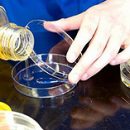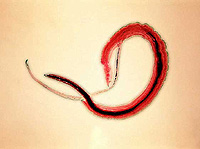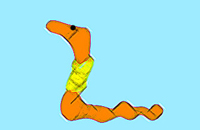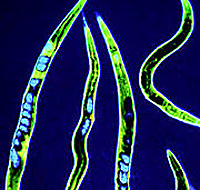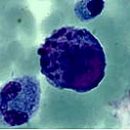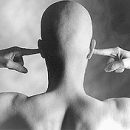What is hymelepidosis? How does this disease occur? How treatment and hymenolepidosis prevention?
Content
Hymenolepidosis
Himenalipidosis - chronic helminthine (cestodosis) flowing with hypovitaminosis and a pronounced toxic-allergic reaction.
Pathways - Tape Worms (Cestodies) Hymenolepis Nana (Dwarf Chain), less often Hymenolepis Diminuta (rat chain).
Most cases cause dwarf chain. Infection Hymenolepis Diminuta occurs with random swallowing of intermediate hosts (Mill Fiery Caterpillar, Flour Khushchek, Some Tracames). Source of infection - sick person. In the widespread dissemination areas, hymenolepidosis is not met. Most often register in children 4-10 years. More often infection self-limiting to 15-16 years. There are often cases of long-term infections (up to 20 years or more).
How hymenolepidosis occurs
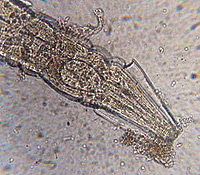 Traumatization of the intestinal mucosa by crocheses of parasites causes abdominal pain, diarrhea, nausea. Parasite vital products lead to allergic reactions (rash, urticaria, vasomotor rhinitis), development of dysbacteriosis and hypovitaminosis. The damage to the nervous system is characterized by headaches and increased excitability. Rarely observe the increase in the liver.
Traumatization of the intestinal mucosa by crocheses of parasites causes abdominal pain, diarrhea, nausea. Parasite vital products lead to allergic reactions (rash, urticaria, vasomotor rhinitis), development of dysbacteriosis and hypovitaminosis. The damage to the nervous system is characterized by headaches and increased excitability. Rarely observe the increase in the liver.
Research methods
- Identification of the eggs of the parasite in feces
- To increase the efficiency of the method on the eve of the study, the patient is prescribed phenisal 0.5-1 g. The drug destroys the shell of Helmint and contributes to the release of more eggs
- It is recommended to conduct three-time surveys at intervals 5-7 days, t.To. One-time examination is positively only in 50% of cases due to the frequency of eggs
- Blood test: signs of anemia, eosinophilia (increasing the number of eosinophils in the blood), an increase in SE.
Treatment and prevention of hymenolepidia
Preparations of choice
- Praziquantel 25 mg / kg inside after eating once. In case of massive infection, re-reception of the drug is recommended in a week.
- Fenasal - 2-3 g / day (children under 2 years old - 0.5 g, from 2 to 5 years - 1 g, from 5 to 12 years - 1.5 g, over 12 years - 2-3 g) in 4 Reception every 2 h (at 10, 12, 14 and 16 h) in the form of two courses for 4 days with a four-day interval or 2 days with an interval of 4-5 days. On the day of treatment, a liquid or semi-finished skimmed food is recommended (at 8, 13 and 18 hours).
In the intervals between the cycles of degelmintization (the liberation of the body from parasites) is carried out by a concrete treatment (vitamins, calcium preparations).
To confirm the removal of helminta from the body, research is carried out by feces after 1 and 3 months after treatment.
Prevention
- Survey of children, personnel of preschool institutions and schoolchildren (up to grade 4 inclusive) at least 1 r / year
- When detecting hymenolepidia, all family members are subject to examination
- Removing infectious food workers from work for the period of treatment
- Compliance with personal hygiene rules


